
It was brought to my attention shortly before the new year began that the Winchester Model 95 would be celebrating its quasquicentennial, 125 years since its introduction in 1895. Four years ago in 2016, Winchester celebrated its sesquicentennial, 150 years since Oliver F. Winchester acquired the company and introduced its first rifle, the Model 1866. The comparison was interesting because it only took 25 years for Winchester to go from a black-powder, lever-action rifle fashioned from gunmetal (brass alloy) and iron to heat-treated nickel steel for the much more powerful smokeless cartridges.
Of the first cartridges introduced in the Model 95, two were black-powder numbers, the .40-72 and .38-72 WCFs, along with the smokeless .30 U.S. (aka .30-40). The .303 British was added in 1898, the .35 in 1903 and the .405 WCF in 1904. The .30-03 and .30-06 Springfields were added in 1905 and 1908, respectively. The Russian order for 293,818 7.64x54 muskets took two years to fill in 1916/17.
Having used all but the British and Russian cartridges that are quite similar in the smokeless lineup listed for the first generation Model 95, the .35 WCF factory load with the 250-grain roundnose slug at roughly 2,200 fps is likely one of the most useful overall, from deer and black bears to moose, for modern-day hunting, since it has been used effectively from its introduction against all North American big game.
This story is from the July - August 2020 edition of Rifle.
Start your 7-day Magzter GOLD free trial to access thousands of curated premium stories, and 8,500+ magazines and newspapers.
Already a subscriber ? Sign In
This story is from the July - August 2020 edition of Rifle.
Start your 7-day Magzter GOLD free trial to access thousands of curated premium stories, and 8,500+ magazines and newspapers.
Already a subscriber? Sign In
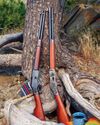
CIMARRON .32-20 Short Rifle & Carbine
In the heyday of Winchester Repeating Arms Company lever guns, it offered muskets, standard rifles, short rifles and saddle ring carbines.
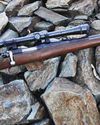
Remington's Model 722 and .222 Cartridge
It's easy enough to define what a varmint is, those pesky critters that tear up pastures, flower beds and all kinds of expensive crops people need for various reasons - most importantly, to make a living and/or something with which to feed themselves.

Coyote Bullets
What is Best for You?
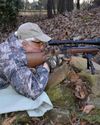
Remington's 5mm Rimfire Magnum
Shooting a Classic
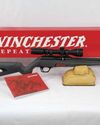
Winchester's New Wildcat
The Ultralight Rimfire Varmint Rifle
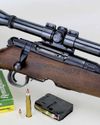
.223 Remington from .30-30 Winchester?
Multitasking for Varmints

LOADS FOR A .22 TCM
The .22 TCM first appeared commercially in 2012, chambered in a Rock Island Armory 1911-style handgun.
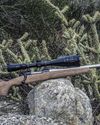
Everybody Loves Velocity
The 4,500-fps WSSM Project
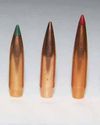
A BOLT-ACTION FRANCHI 224 VALKYRIE
Testing New Loads
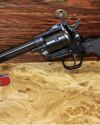
.22 Winchester Magnum Rimfire
Shooting Revolvers